Contents
Education technology – more commonly abbreviated as EdTech – is a great digital resource for both classroom and home learning. The industry has boomed in recent years (in part as a result of remote learning during the pandemic) and modern technology is advancing at a fast rate.
There are now a growing number of EdTech solutions designed to support learning at school and at home and, as awareness of learning disabilities advances, many are designed with SEND students (Special Educational Needs and Disabilities) in mind. If your child has a particular learning need, keep reading to learn more about the benefits of using EdTech for SEND.
Every child has individual needs and there is no 'one-size-fits-all' approach to learning. When this article refers to SEND, unless specifically said otherwise we are referring to any child who has a diagnosed need that makes their learning more challenging than the average student.
Personalised learning
A damaging myth about special educational needs is that they are linked to low intelligence. SEND students are bright and capable learners who need some adjustments or additional requirements to thrive in their learning.
Atom Nucleus work by adapting to your child's level of understanding. Advanced artificial intelligence (AI) is working in the background to ensure that your child will be able to correctly answer 80% of the questions they're shown. If your child is consecutively providing correct answers to the questions, the algorithm will adapt to show harder questions. This works vice versa – if your child is struggling with the questions, the platform will start to show easier content to get them back on track.
By employing a personalised learning experience, SEND students are given just enough challenge to increase their academic progress, motivation, confidence and personal resilience.
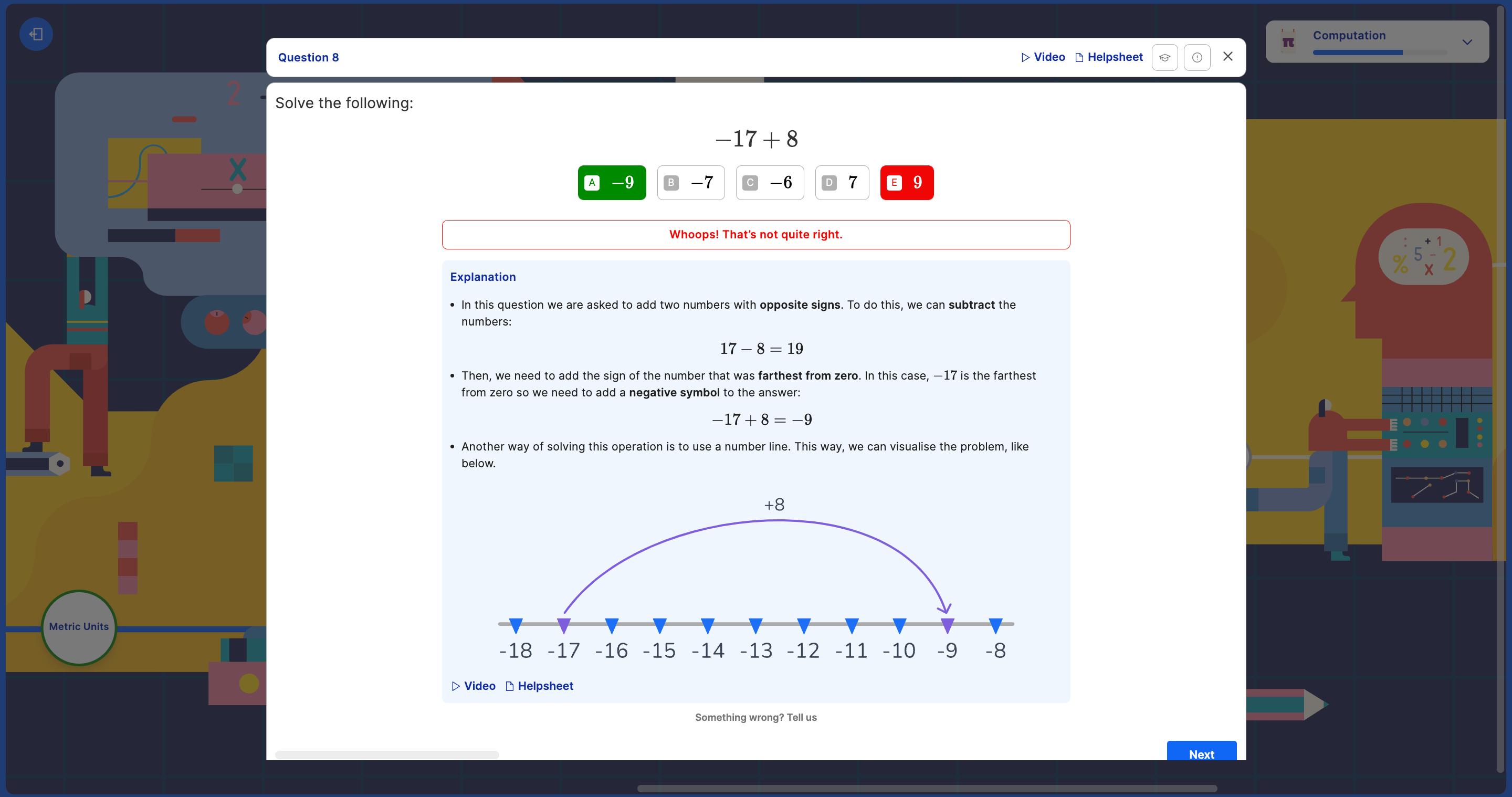
Independent studying
Having a special educational need often results in adult intervention. While this is helpful and often necessary in the long term, it can be frustrating and demotivating for your child. Being able to learn and study independently is key to your child's academic growth and helps develop resilience, persistence and self-discipline.
EdTech platforms like Atom Nucleus are designed for children to work autonomously through the content, putting them in the driving seat of their own learning journey. As the technology tracks your child's learning data, you can log in to your Parent Portal to see how your child is progressing and identify areas for improvement. For many children, this is more comforting than having an omnipresent adult hovering while they're studying!
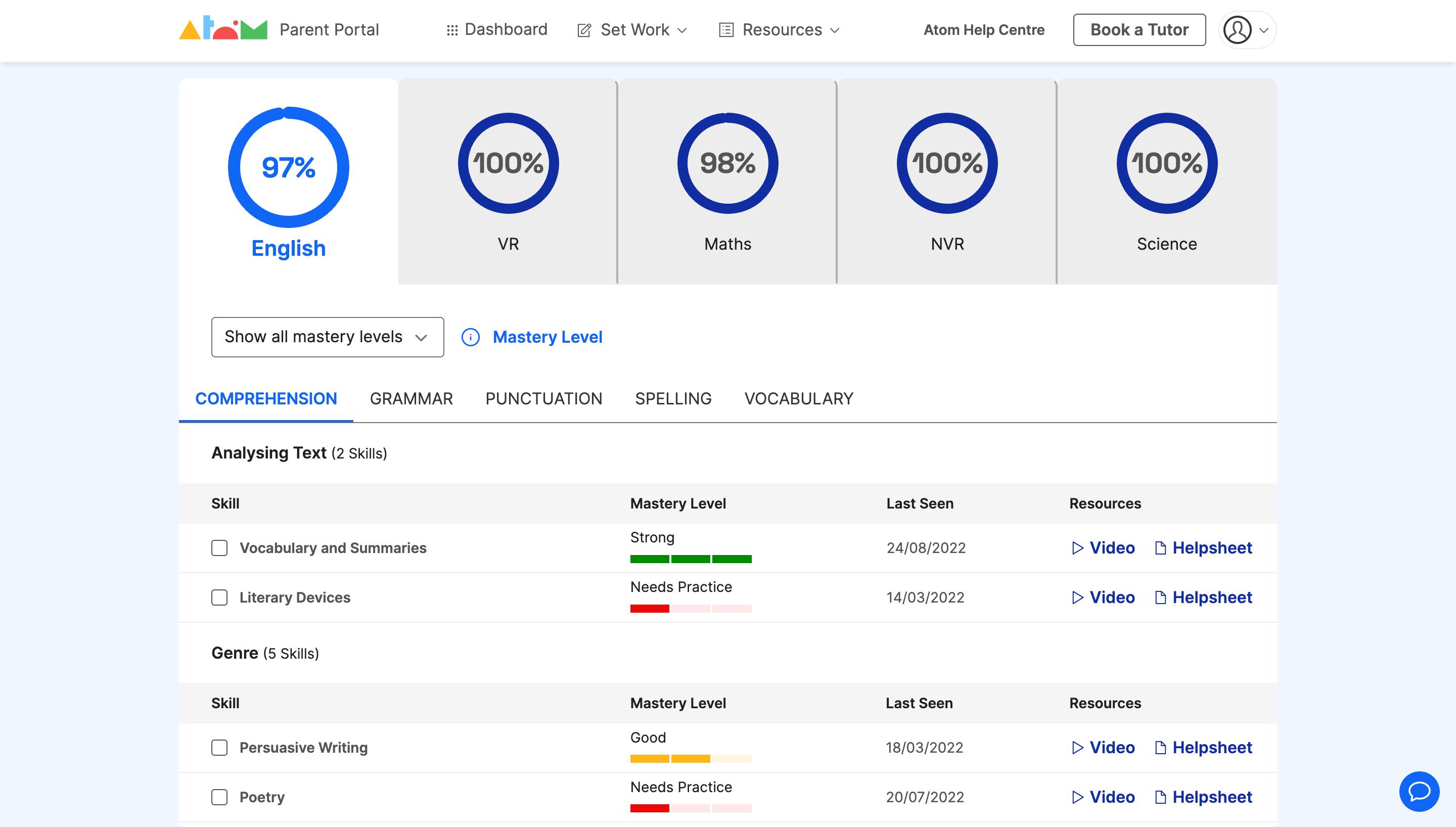
Multimedia learning
Educational psychologist Richard Mayer discovered that optimal learning occurs when both visual and verbal materials are presented together at the same time. As EdTech combines dynamic multimedia, including videos, voiceovers and animations, this makes it a more effective way of learning than studying from ‘static’ materials such as textbooks.
The content team at Atom Learning is adhering to Mayer's 12 principles of multimedia learning by attaching visual elements to every question, which help to clarify the information. Atom Nucleus also uses ‘dual coding’ – the idea that different types of stimuli can help students successfully encode information into their brains and effectively retrieve it at a later date (such as for revision and tests). The student needs to engage multiple senses, including looking, listening and moving the mouse, which results in a heightened focus and more effective encoding of information.
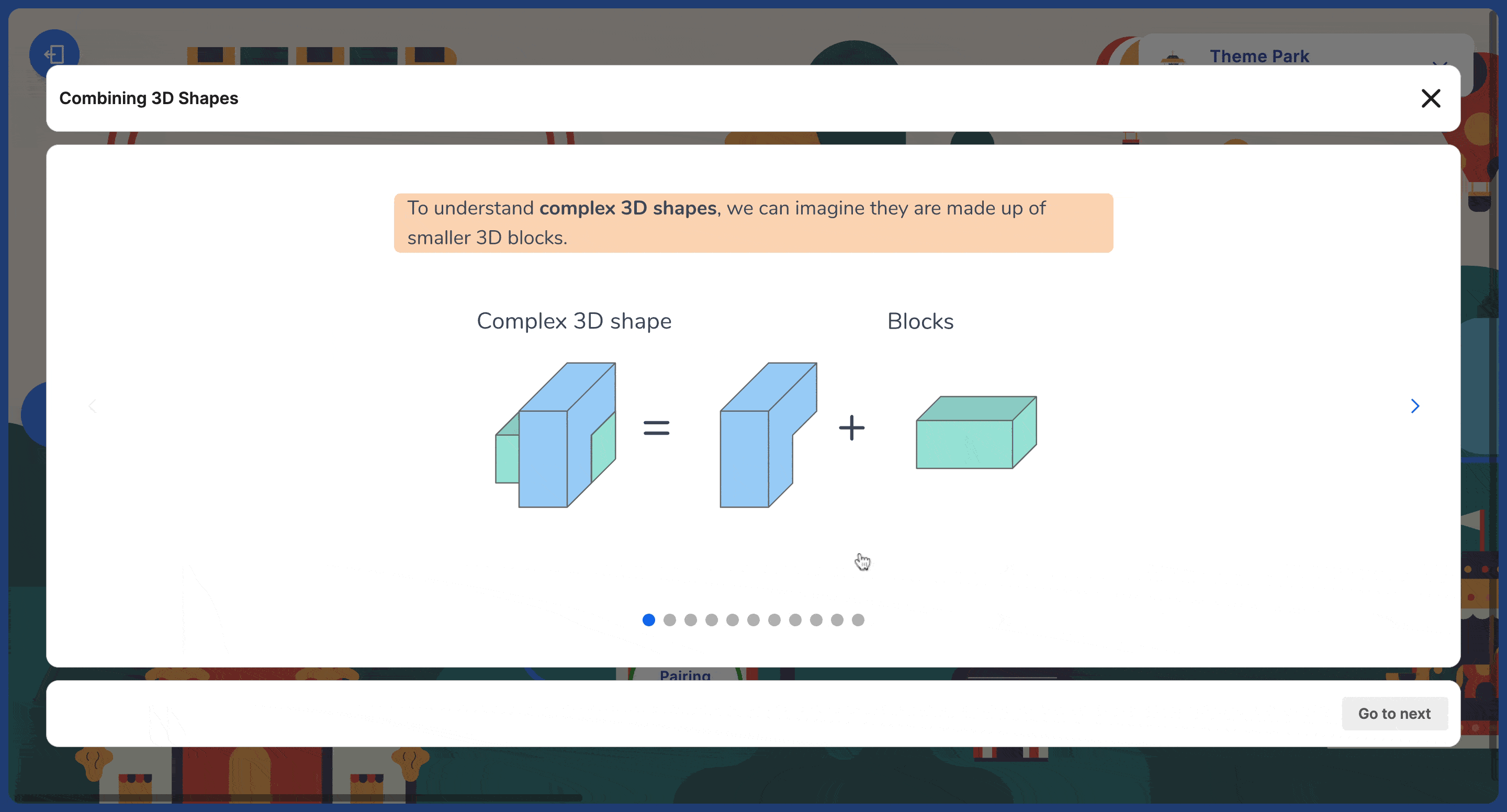
Accessibility features
Traditional teaching methods can be adapted in limited ways to support a broader range of learning needs. For example, textbooks can be photocopied to a larger size or printed in specific colours to aid visual impairments. Learning with digital devices, however, means that students with such needs can use assistive technology such as screen readers to convert text to speech.
At Atom, we are fine-tuning the features of our software to make learning accessible to SEND pupils. Our product designers have adapted the display to ensure it is colour-blind friendly, while the light (but not stark white) background of the questions has been shown to be more accessible to students with dyslexia.
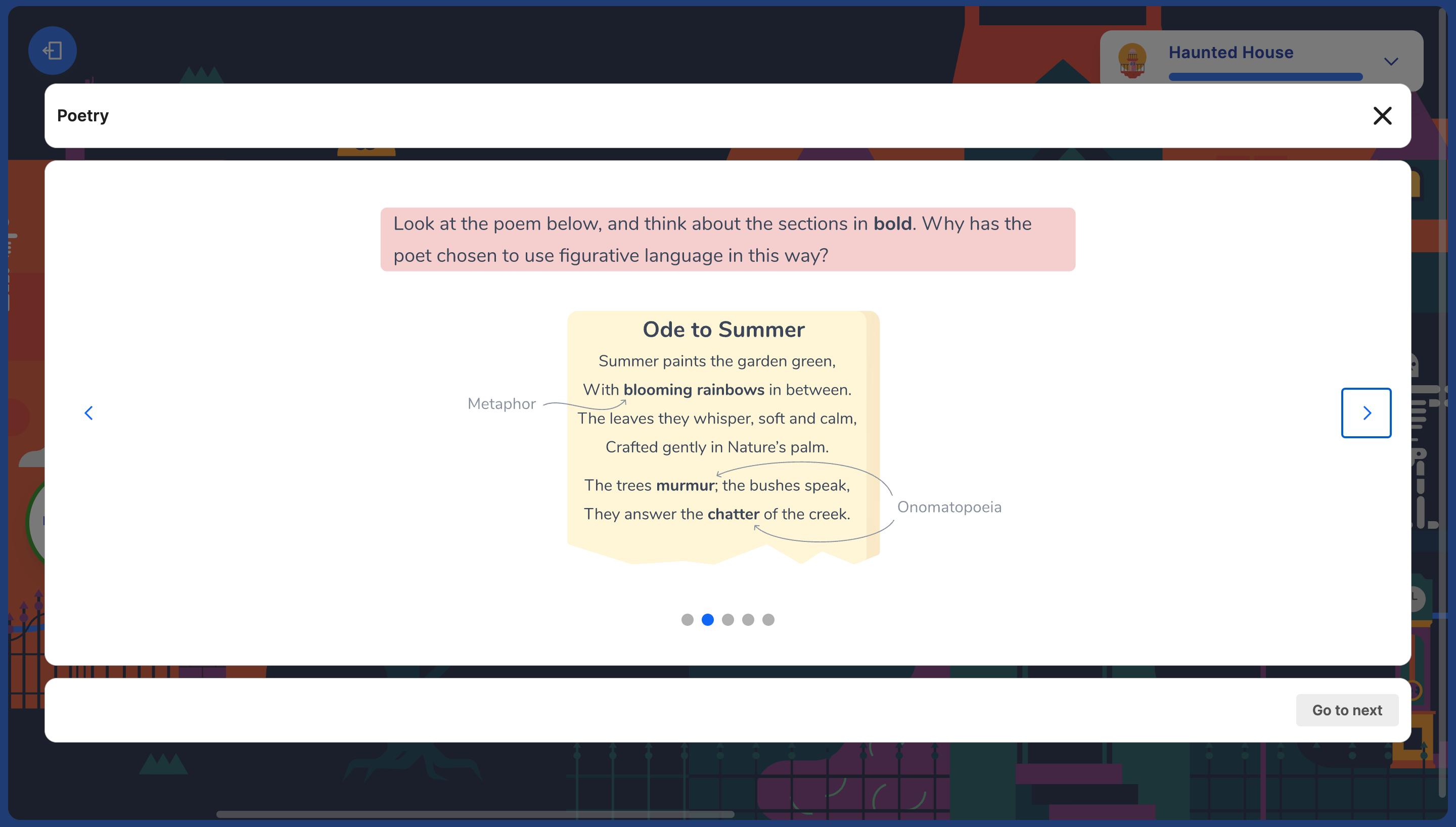
Providing structure
Children with special education needs such as ASD (Autism Spectrum Disorder) typically respond well to routine and structure. While lesson planning theoretically means that the content will follow a structured path, catering to classes of up to 32 students means that sometimes the lesson can go off-track.
The content on Atom Nucleus is mapped to the national curriculum in the style of 'learning journeys'. Each subject follows a linear structure, taking pupils through one subtopic at a time. Children must complete an 'island' (subtopic) before moving on to the next one. This structure is consistent throughout the platform, meaning your child will know exactly what to expect.
Traditional classroom learning – where a teacher explains concepts to a class of up to 32 children – can be distracting to children who struggle to focus (such as those with attention deficit hyperactivity disorder, known as ADHD). Likewise, if a textbook has 15 questions on a page, it can be hard for children with ADHD to zone in on one question at a time.
Children are likely to concentrate more when the object of their focus is more concise. Atom Nucleus only shows one question on the screen at a time (another key principle of multimedia learning), compared to the numerous questions on display in paper workbooks.
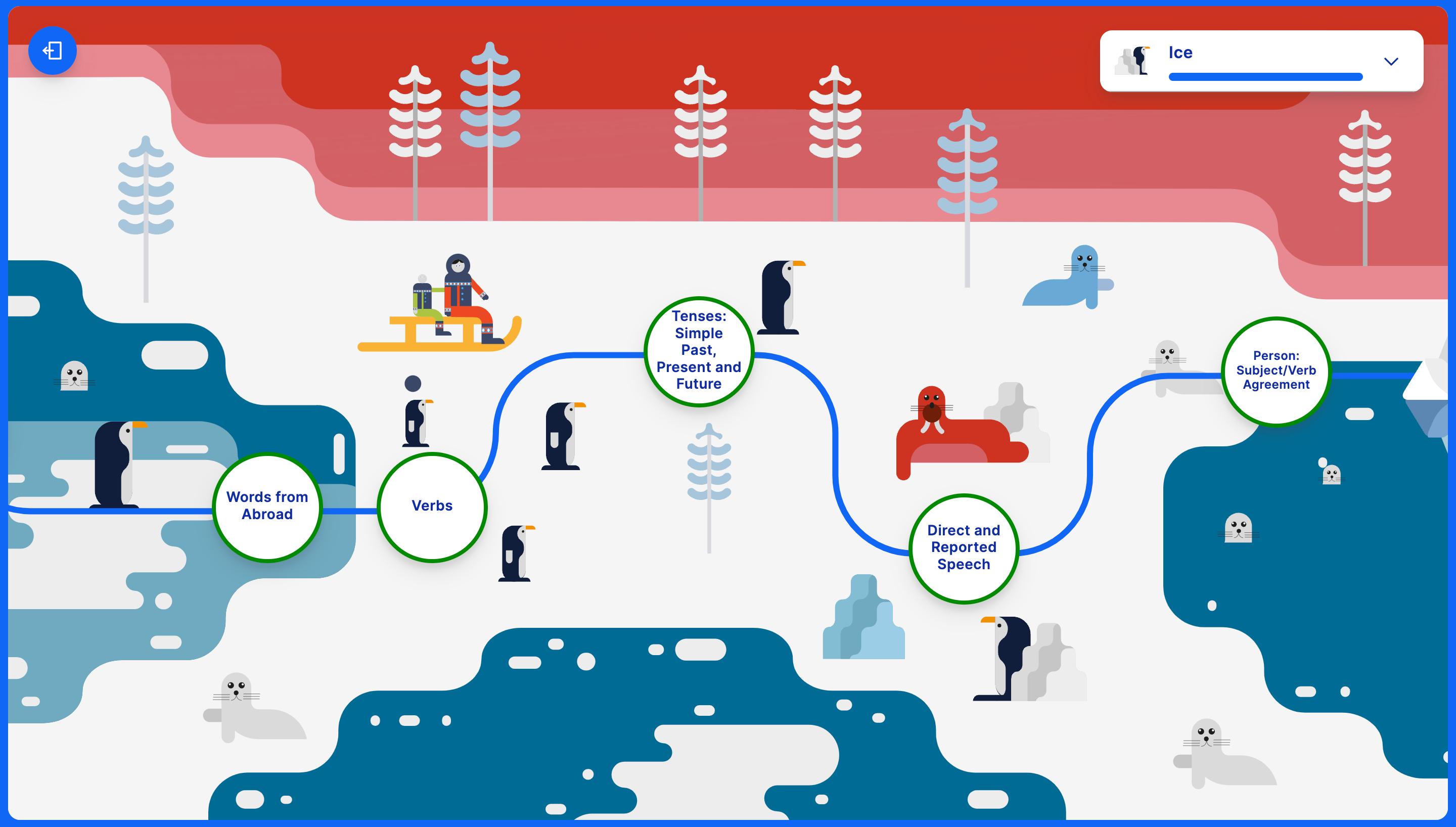
Empower your child's education
Is your child struggling with the Key Stage 2 English, maths and/or science curriculum? Atom Learning can help.
Atom Nucleus has over 90,000 teacher-written practice questions, covering the entire core Key Stage 2 national curriculum. We also offer live lessons which help children learn new content and develop their skills in a friendly, encouraging and interactive way.
Start your 5-day free trial of Nucleus today to see your child progress at school and empower their learning.
Contents
